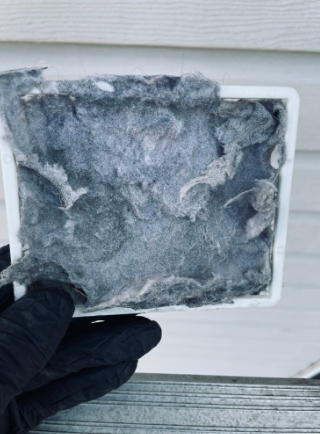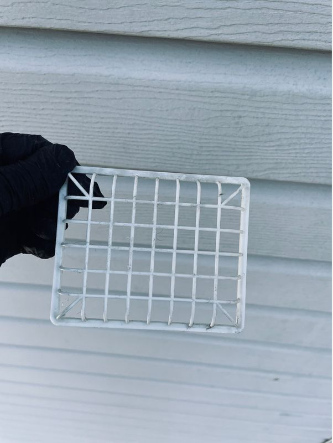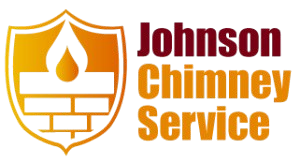Vent Cleanings
Vent Cleanings
- Preparation
The furnace filter is removed, wrapped in plastic, and reinstalled to separate the supply and return sides of the system. - Initial Access
We cut an 8″ – 12″ hole into the return trunk line near the HVAC system. - Connection and Sealing
We attach a flex hose to the hole, connecting it to our high-powered NIKRO Air Duct Cleaning System, which has a capacity of 5,000 cubic feet per minute. Mastic is used to seal all registers in the home, enhancing air velocity throughout the HVAC system. - Cleaning Branch Lines
Starting from the furthest register, we clean each branch line using high-pressure air whips and rods. This process is repeated for each register to ensure thorough cleaning. - Main Trunk Line Cleaning
After cleaning the branch lines, we address the main trunk line by drilling 1″ access holes for our air cleaning tools. - Supply Side Cleaning
The above steps are then repeated on the supply side of the system. - Sanitizing (Optional)
Once the cleaning is complete, we may apply an EPA-registered air duct sanitizer/deodorizer. Using an Ultra-low Volume (ULV) Fogger, the sanitizer is sprayed into each register while the system is still under negative pressure. (This step is available at an additional cost.) - Finalization
After cleaning and sanitizing, we reseal all access holes with metal patches and reinstall all registers.


Disconnect and Pressure Blowing We begin by disconnecting the dryer vent from the back of the appliance where it connects to the vent line. Next, we use a high-pressure system, applying 150 psi to clear out any debris.
Exterior Cleaning Following the pressure blow-out, we clean the dryer vent from the exterior. Our specialized brushes capture debris while protecting the interior liner of the vent. We then brush from the outside in to ensure thorough cleaning.


Final Inspection and Pressure Test After cleaning, we conduct a final pressure test to confirm proper venting. This test ensures that there is adequate airflow and that any obstructions have been removed.
Importance of Regular Cleaning Dryer vent cleaning is crucial for preventing lint buildup, which can lead to potential house fires. We recommend having your dryer vent cleaned every one to two years to maintain safety and efficiency.
Enhanced Safety and Efficiency Clogged dryer vents are a significant fire hazard due to the highly flammable lint they collect. Regular cleaning not only protects your home from fire but also improves dryer efficiency. A clogged vent can cause your dryer to work harder, resulting in longer drying times and higher energy costs. Statistics show that there are more dryer vent fires than chimney fires, and a clogged vent can waste electricity or gas, leading to more frequent dryer replacements.
Disconnect and Pressure Blowing
We start by disconnecting the dryer vent from the back of the appliance. Using a high-pressure system, we blow out debris with 150 psi to clear the vent line.
Exterior Cleaning
Next, we clean the dryer vent from the exterior using specialized brushes. These brushes capture debris while protecting the interior liner. We brush from the outside in to ensure thorough cleaning.
Final Inspection and Pressure Test
After cleaning, we perform a pressure test to verify proper venting. This test confirms that there is good airflow and that any remaining obstructions have been removed.
Importance of Regular Cleaning
Regular dryer vent cleaning is essential to prevent lint buildup, which can pose a serious fire hazard. We recommend cleaning your dryer vent every one to two years. A clogged vent not only increases fire risk but also reduces dryer efficiency, leading to higher energy costs and more frequent dryer replacements.

Kitchen Vent Cleaning
System Inspection and Disconnection
We inspect and disconnect the kitchen vent system. This step involves removing the grease filters and access panels to reach the ductwork.
Interior Cleaning
We clean the interior of the kitchen vent system, including the ducts and fan blades. Our team uses specialized brushes and vacuums to remove accumulated grease and debris.
Final Check
After cleaning, we reassemble the system and perform a final check to ensure proper operation. This includes verifying that the fan is functioning correctly and that there are no remaining obstructions.
Importance of Regular Cleaning
Regular cleaning of kitchen vents is crucial for preventing grease fires and maintaining optimal kitchen ventilation. Accumulated grease in vents can be highly flammable and reduce the efficiency of your kitchen exhaust system.
Bathroom Vent Cleaning
Vent Inspection and Disconnection
We begin by inspecting and disconnecting the bathroom vent fan. This involves removing the vent cover and accessing the ductwork.
Interior Cleaning
We clean the bathroom vent system thoroughly, including the fan and ductwork. Our team uses specialized tools to remove dust, debris, and potential mold buildup.
Reassembly and Testing
After cleaning, we reassemble the vent system and perform a test to ensure that the fan operates correctly and that there are no obstructions.
Importance of Regular Cleaning
Cleaning bathroom vents is essential to prevent mold growth and ensure proper ventilation. A clean vent system improves air quality and prevents moisture buildup, which can lead to mold and mildew issues.

